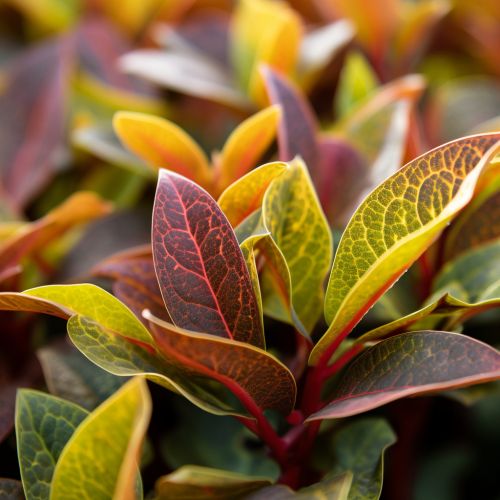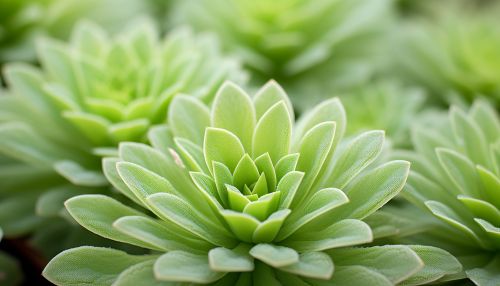Variety
Definition
Variety, in the context of biology, is a taxonomic rank below that of species and subspecies, but above that of form. It is used to categorize organisms that have a certain degree of distinctiveness from parent species, but not enough to be classified as a new species or subspecies. Varieties are often recognized in horticulture and agriculture, where they are commonly known as cultivars.
Taxonomic Hierarchy
In the taxonomic hierarchy, variety is a rank that is part of the infraspecific classification. The hierarchy, from broadest to most specific, is as follows: Domain, Kingdom, Phylum, Class, Order, Family, Genus, Species, Subspecies, and Variety. Each rank is a subdivision of the rank above it. For example, a variety is a subdivision of a species or subspecies.
Identification and Classification
Identifying and classifying a variety involves a detailed study of the organism's characteristics and its comparison with other closely related organisms. The characteristics considered include morphology, physiology, biochemistry, and genetics. The classification is based on the principle of phylogenetic relationships, which is the study of evolutionary relationships among groups of organisms.


Importance of Variety in Biology
The recognition of varieties is important in biology for several reasons. First, it allows for a more precise classification of organisms. Second, it provides a basis for studying the processes of evolution and speciation. Third, it has practical applications in horticulture and agriculture, where the identification of varieties is crucial for breeding programs and for the protection of plant genetic resources.
Variety in Horticulture and Agriculture
In horticulture and agriculture, a variety is a specific form of a plant that has been selected for cultivation because of desirable characteristics such as disease resistance, high yield, or specific flavor. These varieties, often referred to as cultivars, are typically propagated through asexual reproduction to maintain their unique characteristics.
Variety vs. Cultivar
While the terms 'variety' and 'cultivar' are often used interchangeably in horticulture and agriculture, they have distinct meanings in biology. A variety is a naturally occurring form of a species, while a cultivar is a variety that has been deliberately selected and maintained by humans.
Conservation of Varieties
The conservation of varieties is an important aspect of biodiversity conservation. Varieties represent a significant portion of the genetic diversity within a species, and their conservation can help to ensure the survival of the species in the face of environmental changes and other threats.
